The Coot is a small members of the rail, or Rallidae, family. They are genetically related to rails, moorhens, crakes, gallinules, and more. Most Coots have short beaks, fleshy frontal shields on their foreheads, and stout bodies. Their plumage is primarily black, though some species have a slight iridescent sheen. Read on to learn about the animal.
Description of the Coot
All of the 10 different species of these birds look relatively similar to one another. Their shape resembles a chicken, with stout bodies and short beaks. Their feathers are black, and their beaks and legs are light colored.
Most species have a frontal shield, which extends up the forehead from the beak. At their largest, these birds are about two feet long, and weigh four or five pounds.
Interesting Facts About the Coot
These are interesting little birds, with a number of different adaptations. Learn more about what makes these birds unique below.
- Waterworks – Coots differ from other members of the rail family in their behavior in the water. Most rails live in shallow waters and wade along the edges in search of food, but Coots swim through the water like a duck or a goose.
- Lacking Equipment – However, unlike waterfowl, Coots don’t have webbed feet! Their toes are long and narrow like a chicken, instead of webbed like a duck. Thankfully, these birds do have some extra skin along their toes that help propel them through the water.
- Birds of a Feather – Even though they aren’t technically waterfowl, these birds do spend lots of time with other aquatic birds. In fact, they are quite social with other species! In the wintertime, huge flocks of waterfowl and some species of Coots congregate in large groups known as “rafts.”
Habitat of the Coot
Different species of these birds prefer different habitat types, but they are all aquatic. These birds live in and around water bodies, and love swimming.
Some of the different ecosystems that they inhabit include ponds, lakes, wetlands, estuaries, swamps, marshes, and more. Some species even live in public parks, gardens, and on farms with ponds.
Distribution of the Coot
These birds live across a wide range of different regions. Their distribution varies based on the species. Some species live across immense areas, while others inhabit only a small region. These birds live in North, Central, and South America, including Hawaii. They also live in Europe, Africa, Asia, Australia, and the surrounding islands.
Diet of the Coot
All the different Coot species have similar diets. However, their specific prey varies from region to region. A Hawaiian Coot isn’t going to eat the same species of prey as an Andean Coot in South America does.
Most species are omnivores, and they feed on both plants and small animals. Some common prey includes tadpoles, small fish, shrimp, crabs, snails, and other small aquatic creatures. They hunt both by wading through the shallows and diving underwater.
Coot and Human Interaction
Human impact varies from species to species, usually based on how widely distributed the species is. Some species live across huge expanses, like the Eurasian Coot. Other species live only in a small area, like the Hawaiian Coot.
In this example, the IUCN lists the widespread Eurasian species as Least Concern, while they list the Hawaiian species as Vulnerable. The primary threats to these birds are habitat destruction and invasive predators.
Domestication
Humans have not domesticated these birds in any way.
Does the Coot Make a Good Pet
No, these birds do not make good pets. They are wild birds, and are not friendly towards humans or cuddly in any way. In most places, it is also illegal to own, capture, kill, or harass a Coot.
Coot Care
In zoos, these birds live in enclosures with plenty of water for them to swim and wade in. Because they like to dive and swim underwater, their water features must be sufficiently deep.
These birds often live in enclosures with other small waterfowl, because they are relatively docile and social towards other animals. Zookeepers feed them a variety of fish, shrimp, insects, and more.
Behavior of the Coot
Most Coot species are social, and live in groups known as flocks. These flocks provide plenty of eyes to keep watch for potential predators. If they spot a predator, they noisily announce the danger, making it difficult for the predator to catch anything – Coot or otherwise.
During the breeding season, pairs of these birds breed with one mate and care for their offspring together, but breed with a new mate the next season.
Reproduction of the Coot
Pairs of Coots perform a number of different displays and calls to attract a potential mate. Once they have paired up, the birds work together to build a nest out of reeds and twigs. They build their nests close to the water, usually with an easy-access ramp so the chicks can get back into the nest.
Females lay about 10 eggs per clutch, and incubate them for around 3 weeks. The chicks begin flying when they are 6 weeks old, and are fully independent after another 2 weeks or so.

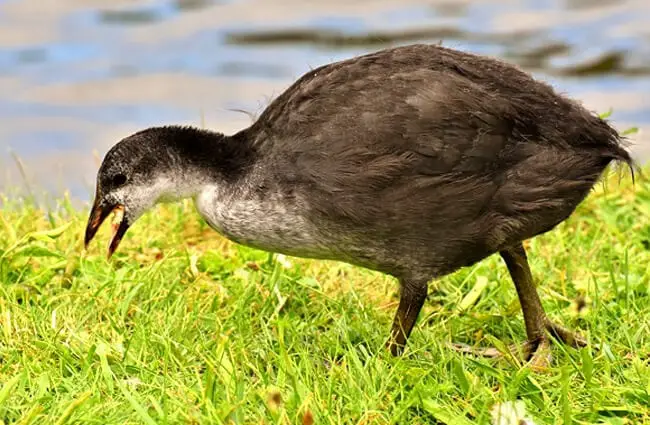

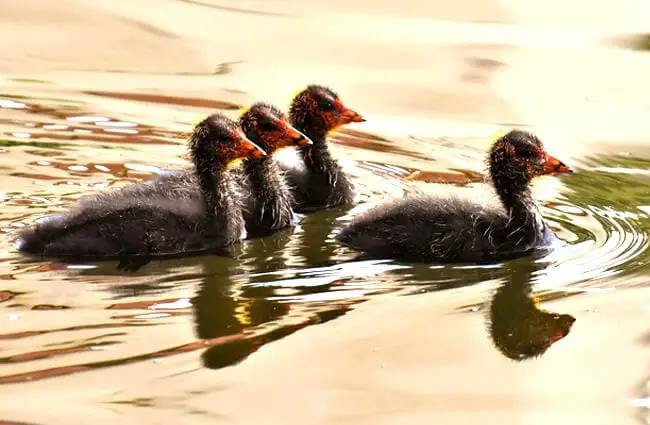

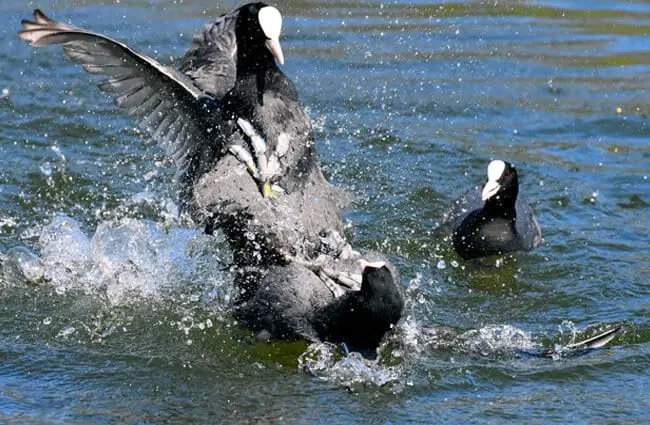
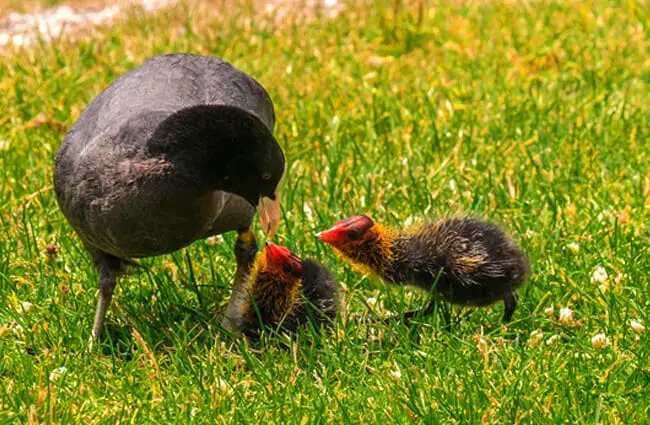
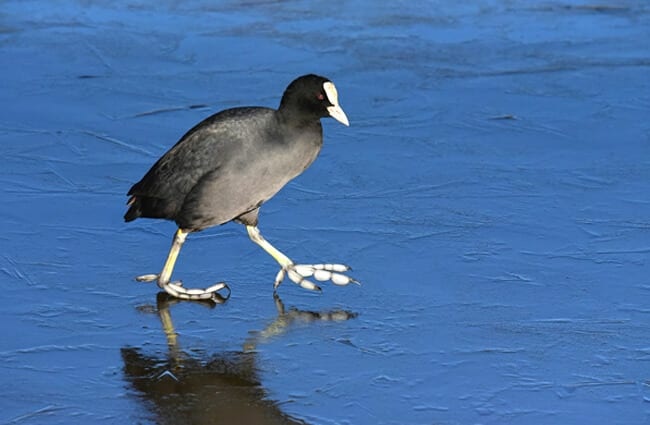
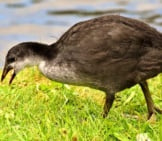

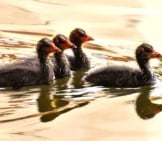

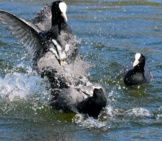

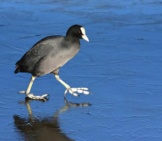
![Red Angus Closeup of a beautiful Red Angus cowPhoto by: U.S. Department of Agriculture [pubic domain]https://creativecommons.org/licenses/by/2.0/](https://animals.net/wp-content/uploads/2020/03/Red-Angus-4-238x178.jpg)












![Red Angus Closeup of a beautiful Red Angus cowPhoto by: U.S. Department of Agriculture [pubic domain]https://creativecommons.org/licenses/by/2.0/](https://animals.net/wp-content/uploads/2020/03/Red-Angus-4-100x75.jpg)

